 |
Pocket calculator design on Mac OS 1.0. Photo: Apple . |
Andy Hertzfeld's Folklore.org website, which chronicles the development of the first Macintosh, tells the story of how the calculator interface on the Mac came to be as we know it today.
In February 1982, Chris Espinosa, Apple’s eighth employee, was relentlessly criticized by Steve Jobs for designing a calculator for the Mac. After days of tweaking, the then 21-year-old programmer came up with an ingenious solution. He created what he called the “Steve Jobs Calculator Design Kit,” and let his boss design it himself.
Chris Espinosa started working for Apple in 1976 at the age of 14 and has continued to this day, becoming the youngest employee at the time and currently the longest-serving employee of the company. Espinosa was convinced by Jobs to drop out of school to join full-time, managing the Macintosh documentation department.
He decided to write a demo program in QuickDraw, creating a pocket calculator, part of the group of “desk ornaments”. These small utility programs would come pre-installed on Macs, later called “desk accessories”.
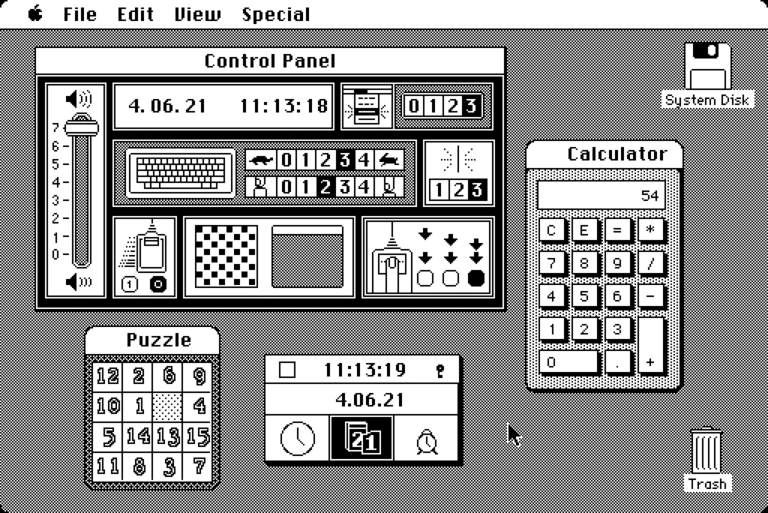 |
Desk accessories on Mac OS version 1.0. Photo: Apple/Benj Edwards. |
However, Steve Jobs was a picky person and disliked his design. “It was bad, to be honest. The background color was too dark, some of the lines were the wrong thickness, and the buttons were too big,” Andy Hertzfeld described Jobs as saying.
For days, Espinosa patiently made changes based on feedback, only for Jobs to find more errors the next day. Instead of continuing the endless cycle of changes, he chose a different path.
According to Hertzfeld, he created a program that allowed him to adjust every visual element of the computer, from line thickness, button size, background texture and more, through drag-and-drop menus. Through that, Jobs only needed 10 minutes of trial and error to tweak the parameters until he found a version he was satisfied with.
That 10-minute design session resulted in the calculator that was included with the Mac in 1984, and remained virtually unchanged until Apple discontinued Mac OS 9 in 2001. From Mac OS X onwards, the company replaced it with a new design, ending the 17-year journey of the computer that bears Steve Jobs's mark.
At the time, when most computers only displayed monochrome text, the idea of allowing users to tweak image parameters through interactive controls without programming was considered quite progressive.
Espinosa’s “Construction Set” was a precursor to the visual and parametric design tools that would become ubiquitous in software development. Software like HyperCard formalized this idea into a complete visual application framework.
The story also reveals something about Jobs's management process. He knew what he wanted, but sometimes had trouble articulating it clearly. Later, when he returned to Apple in the late 1990s, Jobs famously emphasized evaluating products by using them firsthand, rather than relying on PowerPoint presentations or lists of technical specifications.
Source: https://znews.vn/10-phut-thay-doi-lich-su-may-tinh-post1602093.html


![[Photo] General Secretary To Lam visits Long Thanh International Airport Project](https://vphoto.vietnam.vn/thumb/1200x675/vietnam/resource/IMAGE/2025/11/13/1763008564398_vna-potal-tong-bi-thu-to-lam-tham-du-an-cang-hang-khong-quoc-te-long-thanh-8404600-1261-jpg.webp)


![[Photo] The "scars" of Da Nang's mountains and forests after storms and floods](https://vphoto.vietnam.vn/thumb/1200x675/vietnam/resource/IMAGE/2025/11/13/1762996564834_sl8-jpg.webp)







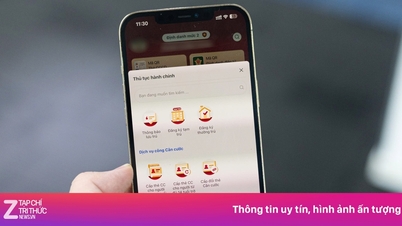
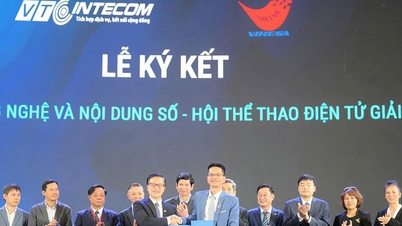































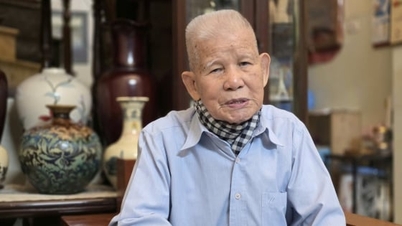



















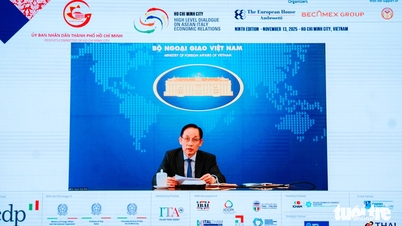









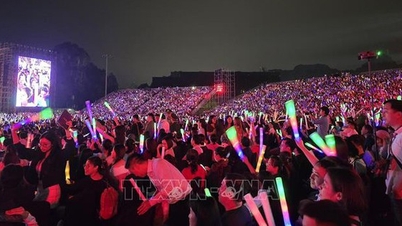


















![Dong Nai OCOP transition: [Article 3] Linking tourism with OCOP product consumption](https://vphoto.vietnam.vn/thumb/402x226/vietnam/resource/IMAGE/2025/11/10/1762739199309_1324-2740-7_n-162543_981.jpeg)






Comment (0)